According to the Department of E-commerce and Digital Economy , implementing Decision 645/QD-TTg (Decision 645) dated May 15, 2020 of the Prime Minister on approving the Master Plan for national e-commerce development for the period 2021-2025, the unit is assigned to implement the Project to build a unified e-commerce platform for 63 provinces and cities.
Currently, the current situation of online trade promotion activities on local e-commerce platforms is still limited and ineffective. Therefore, the problem is how local platforms can develop well, ensure regional characteristics, and take advantage of e-commerce platforms that account for a large market share.
"The project to build a unified e-commerce platform for 63 provinces and cities will link and connect local e-commerce platforms with each other and with popular e-commerce platforms, creating an effective multi-dimensional trading connection environment" - said the leader of the Department of E-commerce and Digital Economy.
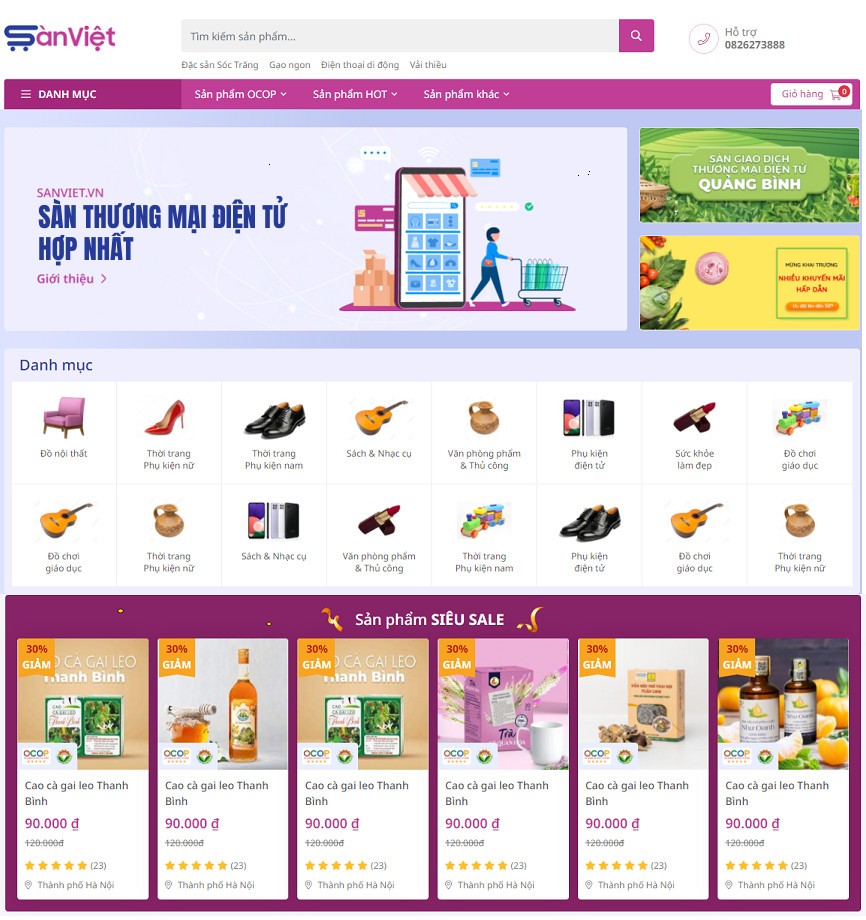 |
| Interface of the unified e-commerce platform of 63 provinces and cities |
The representative of the Department of E-commerce and Digital Economy also affirmed that in this context, in order to serve the needs of promoting transactions and purchasing goods through e-commerce channels of the people, the construction of a unified e-commerce platform for 63 provinces and cities (phase I) is suitable for the practical requirements of businesses operating in production and business nationwide and is consistent with the goal of supporting businesses to apply e-commerce platforms according to the National E-commerce Development Plan for the period 2021-2025 issued by the Government in Decision No. 645.
The e-commerce platform unifies 63 provinces and cities with 4 main goals:
One is to narrow the gap between big cities and localities in terms of e-commerce development level;
Second, connect local e-commerce platforms across the country to one address;
Third, support the promotion of widespread application of e-commerce in businesses and communities through the selection of locally focused products according to the criteria of typical rural industrial products, One Commune One Product (OCOP) Program products... to deploy communication and promotional events to promote online transactions and increase sales;
Fourth, build a healthy, competitive and sustainable e-commerce market.
A representative of the Center for E-commerce Development - the unit assigned by the Department of E-commerce and Digital Economy to implement the Project said: “The unified e-commerce platform is a model of a centralized supply chain from central to local levels and is also a place to share and exchange goods between localities nationwide. In addition, the unified e-commerce platform also provides marketing tools and online sales promotion, helping businesses only need to access one domain name to be able to perform almost all operations on the same platform. Thereby helping businesses and individuals develop e-commerce, while creating concentration, attracting a large number of product suppliers and customers”.
In order for the organization and implementation of the Project to be synchronously linked with local planning strategies, digital economic development plans and national digital transformation, recently, the Department of E-commerce and Digital Economy has sent a document requesting the Departments of Industry and Trade of 63 provinces and cities to participate in connecting local e-commerce platforms with the merged platform, and at the same time assigning focal points to coordinate the implementation.
In the coming time, the E-commerce Development Center will continue to contact and connect the merged floor with the branch floors to complete the system, creating an effective multi-dimensional trading connection environment, thereby contributing to expanding the consumption market for Vietnamese goods at home and abroad through e-commerce applications.
Source link







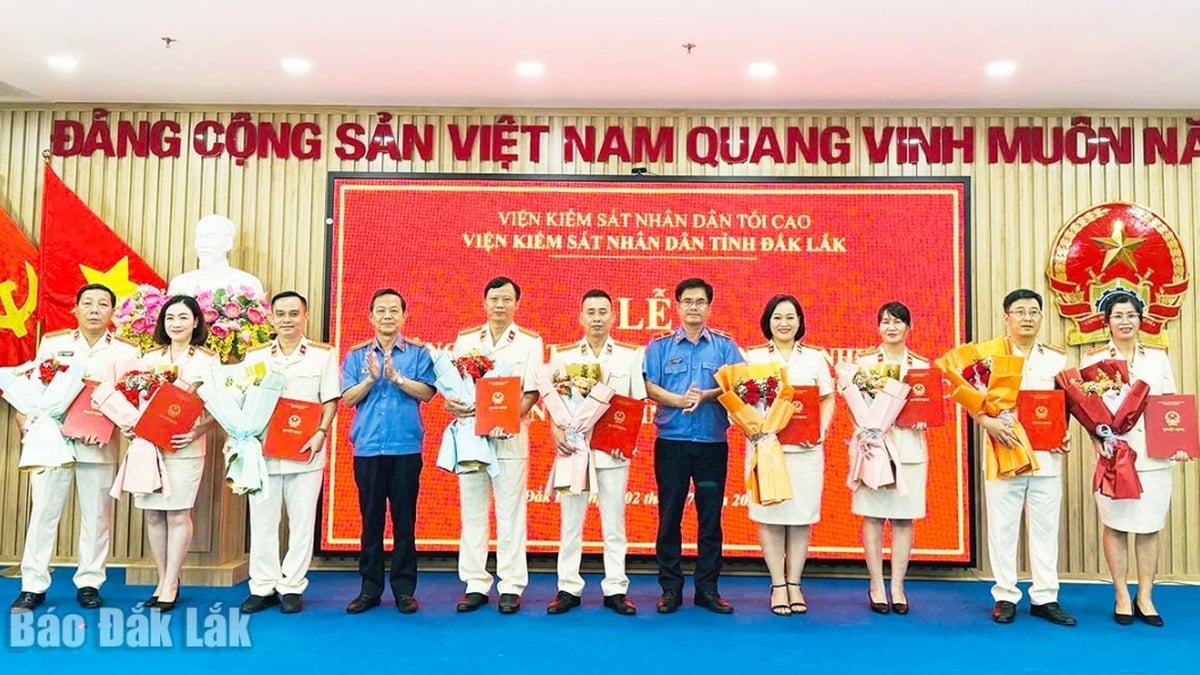




















![[Infographic] Vietnam-Senegal traditional friendship](https://vphoto.vietnam.vn/thumb/1200x675/vietnam/resource/IMAGE/2025/7/23/4c96a604979345adb452af1d439d457b)









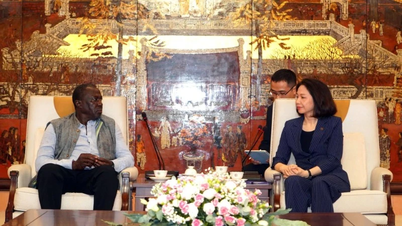















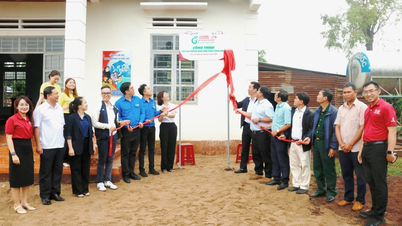

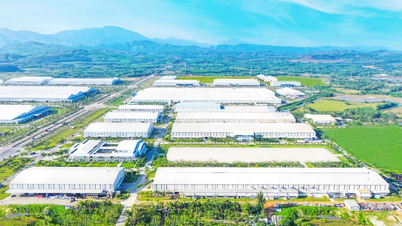





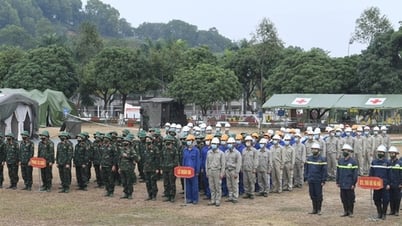





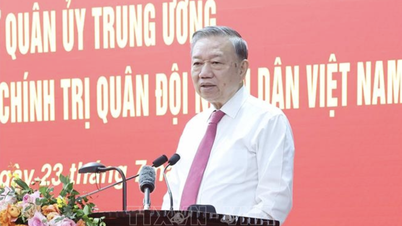







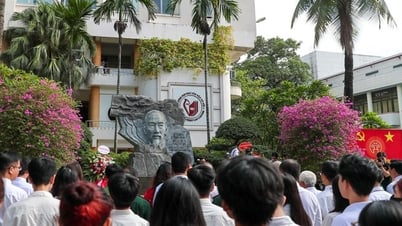


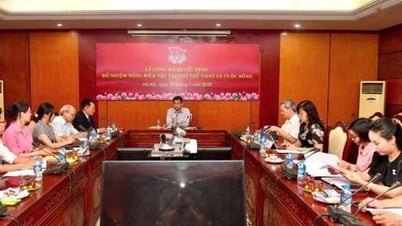

























Comment (0)